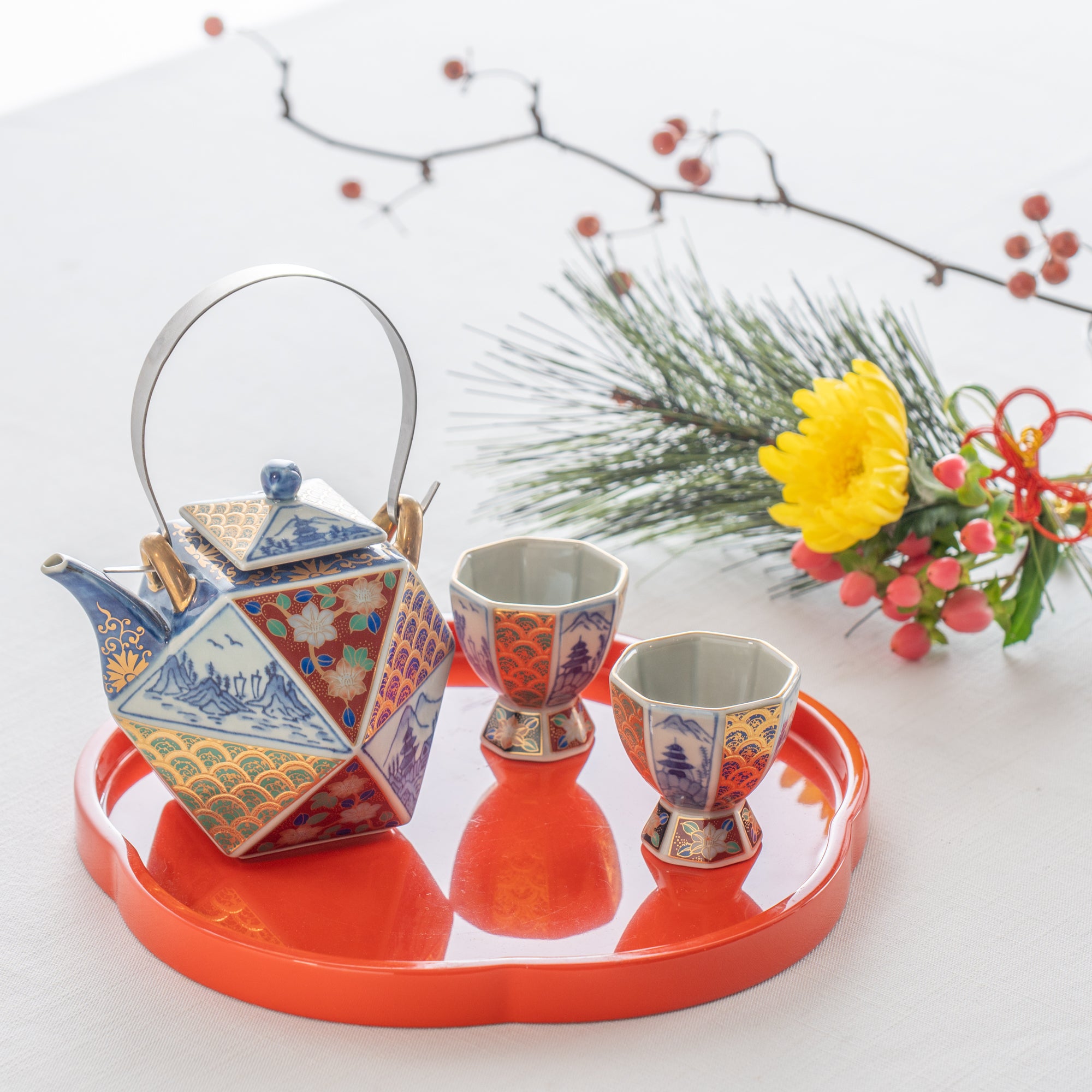
Dessert time with Japanese Sweets
For many of us, the most favorite part of a meal may be dessert.
Enjoy "wagashi" and a refreshing cup of hot green tea with beautiful items from Seigado and Hozan Kiln for a sweet conclusion to a delicious meal.
Filters
Old Imari Kinrande Sake Set
Sale price$230.00 USD
Kirin Round Dinner Plate 9.8 in
Sale price$59.00 USD
HAKU LA TABLE Gold Placemat
Sale price$150.00 USD
Fine Bamboo Serving Chopsticks
Sale price$29.00 USD
Lustrous Rectangle Serving Tray
Sale price$82.00 USD
Boku Sansui Japanese Tea Set
Sale price$547.00 USD
Botamochi Half-Round Dinner Plate
Sale price$66.00 USD















